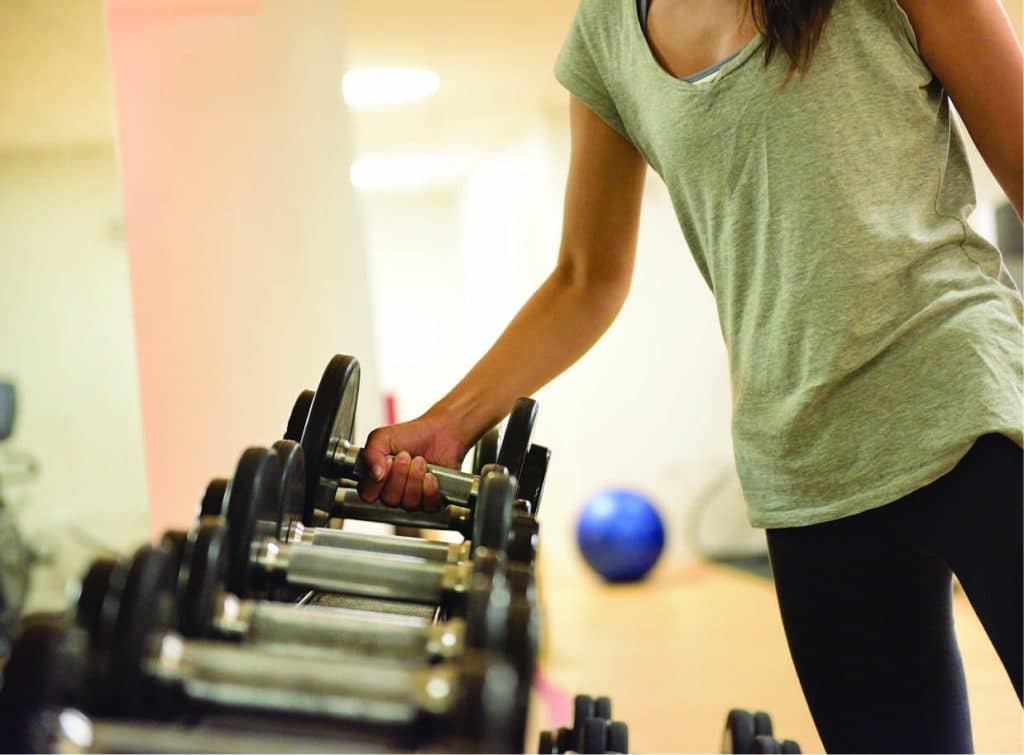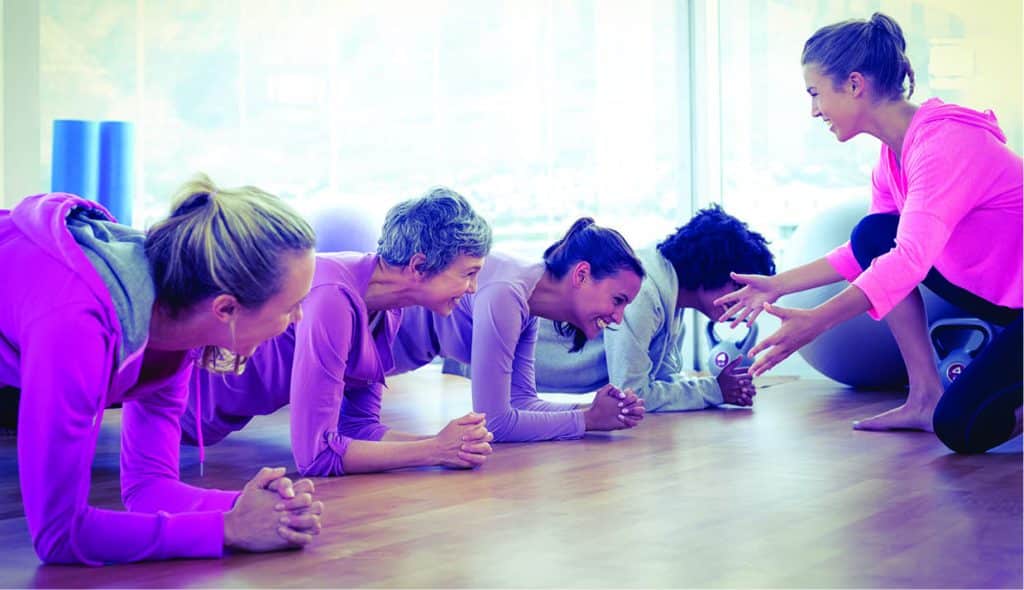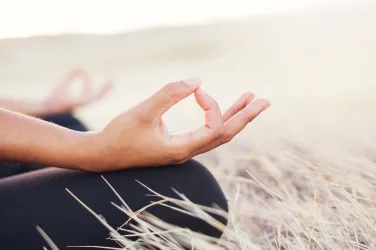Using sports medicine tips to maximize your workout and stay safe
 Now that warm weather has arrived, getting in shape and improving fitness is a priority for many. However, it is important to know that looking physically fit does not always mean a healthy body, according to Dr. Corbett Boone, who is board certified and fellowship trained in primary care sports medicine.
Now that warm weather has arrived, getting in shape and improving fitness is a priority for many. However, it is important to know that looking physically fit does not always mean a healthy body, according to Dr. Corbett Boone, who is board certified and fellowship trained in primary care sports medicine.
“Health problems can still arise in physically fit people due to nutrition,” explains Dr. Boone, who practices at Southwest Sports Medicine and Orthopaedics in Waco. “There’s always a benefit to healthy eating and regular exercise.”
He adds that the most important way to achieve and maintain a healthy weight is by managing caloric intake with diet and exercise. Adding cardiovascular activities and weight lifting also maintains a healthy body. Dr. Boone recommends—ideally—six days a week of any sort of physical activity, and a slightly more intensive regimen three times a week for 20 minutes at a time.
Before starting a workout routine or pumping up your fitness level, you will want to keep in mind some preventative measures to avoid injuries. Rudy Navarro, MD, of University of Texas Health Science Center in San Antonio, states that injuries for recreational athletes are typically caused by improper technique and over-exercising. He states that pain which limits exercises can be a sign of physical strain or injury.
“A good warm-up and cool-down, use of appropriate and proper-fitting equipment, and taking rest days or cross-training can all help decrease injuries,” states Dr. Navarro. He adds that increasing your exercise time and intensity by no more than 10 to 15 percent each week can help prevent you from doing too much too soon.
For those of you who may be starting your first fitness routine, Dr. Navarro has some guidelines. If you have a chronic medical condition or take medications, consult your primary care physician in case you need pre-exercise evaluation. “Do research, ask friends, and consider joining a gym or formal class. This practice can help you understand what you‘re undertaking and help you exercise in a proper and safe manner,” Dr. Navarro says.
If you already are an active person, you will want to pay attention to warning signs to help avoid injury. “Cramping, tearing sensations, light headedness, and dizziness should not be ignored. Pushing yourself too far or with too much weight after being fatigued can lead to injury, since being tired can lead to poor form,” states Dr. Boone. The simple takeaway? Don’t overdo it—listen to your body.
Men are more susceptible to certain health issues, and June is Men’s Health Month, so it’s a good time to consider the fact that obesity, high blood pressure, type 2 diabetes, and joint stiffness are important health issues facing men, according to Dr. Boone. He recommends a yearly physical, chest x-ray, prostate screening, and testicular exam.
Regardless of your gender, balanced eating and regular exercise are ideal ways to get fit and stay healthy. Contact your physician with any questions or issues regarding your health or fitness and you’ll be well on your way to a healthier, safer year of staying physically active.
The Heart of the Matter
Any activity that increases your heart rate is training your cardiovascular system. Dr. Boone explains that for some people, moderate exertion is the most they can do, while others benefit from interval and higher intensity training.
According to Dr. Navarro, attaining a heart rate of 50 to 70 percent of your ideal maximum heart rate a good benchmark for cardiac fitness. “Your max heart rate can be calculated by subtracting your age from 220. So a 35-year-old would have a max heart rate of 185,” he explains. “To estimate your heart rate, pause your exercise and check your pulse at the wrist or neck for ten seconds, then multiply by six,” Dr. Navarro adds.
Dr. Navarro adds that low impact exercises such as walking, swimming, and bicycling are just as good for cardiorespiratory fitness, while being easier on the feet, knees, and hips than high impact activities. High impact exercise such as running and contact sports bring an increased risk for injury, due to the potential for falls and direct contact injuries as well as poor form that is often used when fatigued. What determines which type of athletic activity is best for you will also depend on your specific fitness goals.

By Perla Sarabia Johnson









